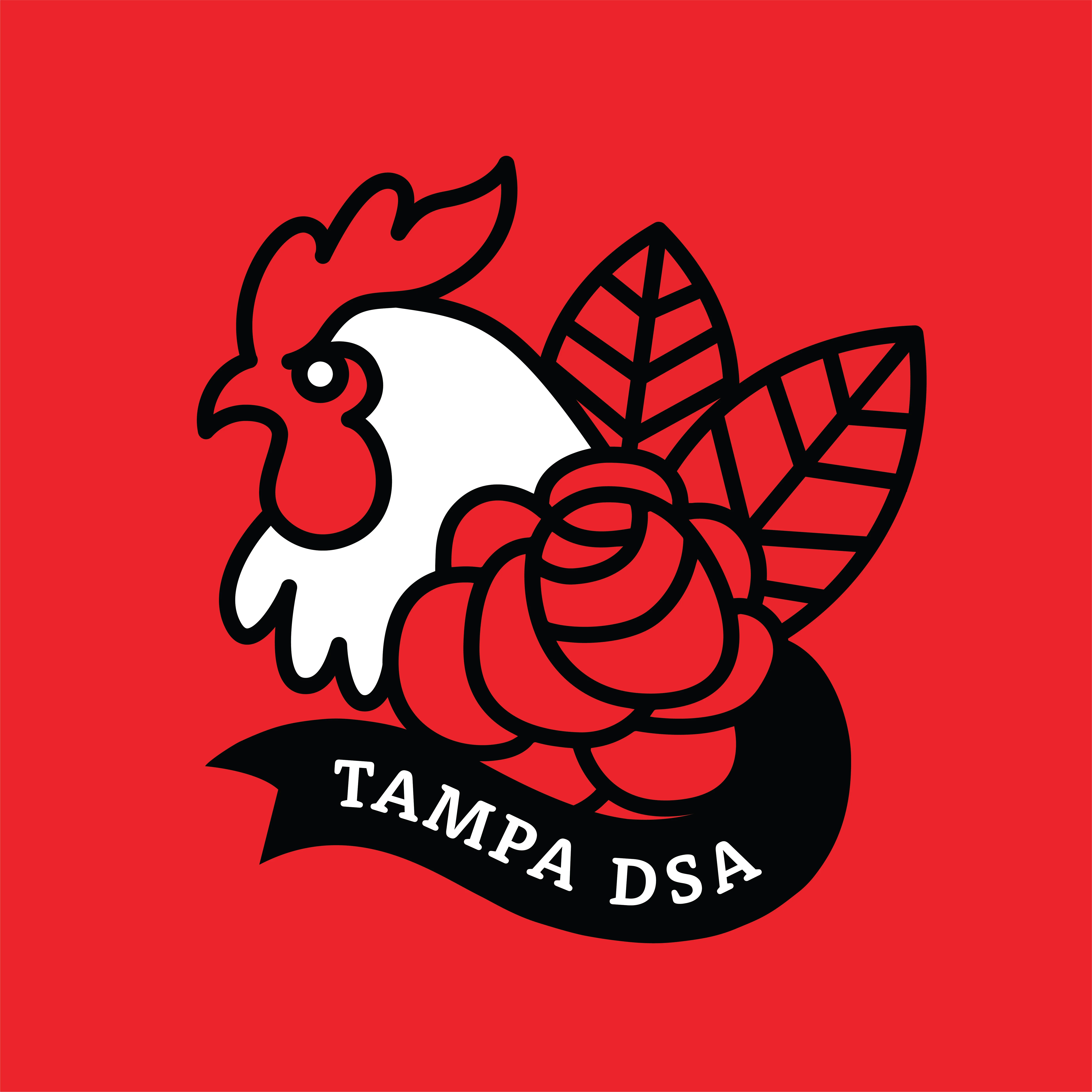

Tampa DSA Strike Ready Resolution
Whereas: all 340,000 non-management UPS workers are covered by the International Brotherhood of Teamsters (IBT) and UPS Teamster members have been organizing escalating contract actions across the country as the contract fight heats up, and will need community support as they get closer to the August 1 deadline; and
Whereas: If they strike, they will need the whole labor movement behind them to show that when we fight, we win; and
Whereas: the Resolution #5 from the 2021 convention of the Democratic Socialist of America mandates the National Labor Commission engage DSA as a whole with labor work; and
Whereas: the Tampa Local Chapter of the Democratic Socialists of America stands in unwavering solidarity with workers and prioritizes the labor solidarity work,
Therefore be it resolved: that Tampa DSA will take the following steps to be STRIKE READY:
April 12th:
- The Chapter will publicly commit to the national Strike Ready campaign and supporting rank-and-file UPS Teamsters throughout the contract fight.
By May 13th:
- The Chapter will democratically choose two Solidarity Captains to liaise with the NLC for coordination on the national campaign to support the UPS Teamsters in their contract fight and ensure they are connected with the NLC and attending Labor Corps Solidarity Calls.
By June 30:
- The Chapter will have reviewed the Strike Ready 2023 Chapter Kit and familiarized members with key concepts of labor solidarity
- Ask chapter members to sign the Strike Ready Pledge.
- Identify chapter members to assist Solidarity Captains in local support with chapter listwork and map the local labor community as outlined in the Strike Ready Kit.
Throughout June and July :
- The Chapter will canvass their membership, local contacts and the community to build support for the UPS Teamsters by asking them to sign the Strike Ready Pledge.
- The Chapter will support escalating contract actions as announced by the IBT, local UPS Teamsters, and the National Labor Commission.
August 1: The Chapter will turn out members and community supporters to show up at the picket line or the contract ratification celebration.
After the fight: The Chapter will use the excitement generated by the contract fight to recruit chapter members to commit to the rank and file strategy and debrief on experience to prepare for future labor solidarity actions.
The post Tampa DSA Strike Ready Resolution appeared first on Tampa DSA.


Theology in the Capitalocene | Joerg Rieger, Jason Moore, Filipe Maia
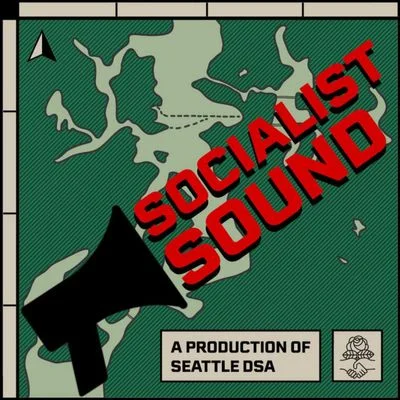
Social Housing Victory in Seattle - Part 1
Seattle voters passed Initiative 135 in February, creating the only radically democratic, tenant-led, publicly-owned social housing developer in the country. I sat down with Tiffani McCoy, Co-Chair of House Our Neighbors, the coalition who led the fight. Then I interviewed two leaders of Seattle DSA, Sydney Province and Ramy Khalil, to get their perspective on the fight ahead to fully fund social housing in Seattle. Both interviews were excellent, but went long, so we split this into a two-parter. Subscribe to get an alert when Part 2 drops. Thanks to Luke Wigren and Charlie Spears for help recording, editing, and mixing this episode.

Raise the Wage Renton
I interviewed Julianna Dauble, president of the Renton Education Association, about the ballot initiative campaign her union and South Sound DSA members launched to raise the minimum wage in Renton to $19/hour. This first episode was produced in February as a prototype for Seattle DSA members as we considered whether or not to invest our Chapter's resources into producing a regular podcast. After three months of debate, in late April large majority voted to launch Socialist Sound as part of a wider plan to improve Seattle DSA's communications. While its dated and geared toward a specific audience, we thought it was well-worth sharing this prototype episode publicly. Thanks to Luke Wigren and Charlie Spears for help recording, editing, and mixing this episode.
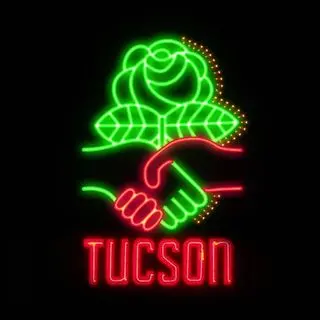

Tucson DSA May General Meeting 🌹
|
|
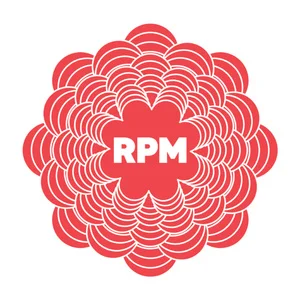
Unite All Workers for Democracy in the UAW


Call/Email Your Council Member!
Our vote tracker has launched. Find out where your Jersey City Council rep stands on a Right to Counsel for ALL and use this script to get them to vote YES:
The Right to Counsel (RTC) would guarantee legal representation for all tenants facing eviction or other issues with landlords. NO tenant should have to fight for their homes alone!
**Calling Script**
Hello, my name is [your name] and I am calling to ensure [council member] is supporting the Jersey City Right-to-Counsel ordinance in its fullest capacity. Let’s make sure this includes universal coverage for all renters regardless of income!
Landlords and developers have accelerated the soaring rent costs that make Jersey City the most expensive city in the United States to live in. With [council member]'s support, residents will no longer fear facing eviction alone.
Can we count on your support to vote for a Right to Counsel for all tenants paid by developer fees?
**Send an Email**
Dear [council member],
My name is [your name] and I am calling to ensure [council member] is supporting the Jersey City Right-to-Counsel and Developer Fee ordinances in their fullest capacity. Let’s make sure this includes universal coverage for all renters regardless of income!
Landlords and developers have accelerated the soaring rent costs that make Jersey City the most expensive city in the United States to live in. Landlords more often than not have legal representation in housing court, tipping the scales in their favor. With [council member]'s support, residents will no longer fear facing eviction alone.
In nearby NYC, evictions were reduced by an estimated 30% after the passage of their Right to Counsel program. Let’s pass one of the strongest RTCs in the nation by making sure all tenants are protected from eviction, landlord malfeasance, habitability issues, illegally high rents, and more!
Can we count on your support to vote for a Right to Counsel for all tenants paid by developer fees?
Best,
[your name]
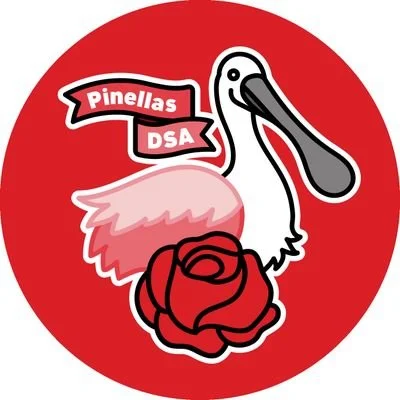

The DSA and Organized Labor
Member Bruce Nissen shares his thoughts on our work with the labor movement
One of the more “foundational stances” of the DSA is support for organized labor. Both in written positions and (less consistently) in practice, the DSA positions itself as unequivocally a pro-labor organization. Some DSA chapters have no working relationship with unions beyond rhetorical support; others like the Pinellas DSA have some of our members actively involved in individual unions and in broader union formations like the local central labor council (CLC).

It is not hard to understand why the DSA has this pro-union orientation. Democratic Socialists believe in democracy and favor struggle with our 1% overlords, the capitalists. Unions are among the most important U.S. forces for democracy. Although they do not have the clout with elected officials that corporations do, unions nevertheless have much more influence than almost any left-wing organization, so their support for basic democracy is important. The unions consistently oppose attempts (usually by Republican lawmakers) to restrict the franchise, make it harder to vote, implement right-wing populist or fascistic measures, or cut back the influence of ordinary Americans by any other means. Research has shown that countries with higher union densities are more equal and more democratic than those with low union densities.
By their very nature unions are also adversaries of large corporations and capitalists. This is simply because bargaining and enforcing a collective bargaining agreement with an employer brings opposing economic interests into contention, at least to a degree.
Therefore, a strong alliance between Democratic Socialists and labor unions seems like a clear plus. That said, socialists often find practical limitations to their work in the labor movement. One stems from the Cold War legacy. Many Americans equate socialism with dictatorship and loss of freedoms for individual workers and their families. Nationally prominent Democratic Socialists like Bernie Sanders or Alexandria Ocasio-Cortez (AOC) counter this image, especially among younger workers. DSA member behavior within the labor movement also dispels this misconception. I expect this obstacle to diminish over time.
Nevertheless, young DSA members who join and get involved in unions are frequently confounded. This is part of a pattern of American workers in generally often not understanding what unions are or how they work. A young DSA member first thinking about involvement in a union at their workplace may expect to see a dynamic organization on the move; what they often find is a bureaucratic, uninvolving outfit with few interests beyond protecting the contractual protections of its own members and few external activities beyond supporting Democratic Party candidates irrespective of how progressive those candidates are or are not. (Of course, this is not an accurate depiction of all unions — some are dynamic, progressive, internally democratic and involving — but these are the exceptions to the rule in today’s American labor movement.)
Given this “state of the unions,” some young DSAers may ask, “Why is it worthwhile to involve oneself actively in union or labor movement affairs? Isn’t it mostly a waste of time that would be better spent elsewhere?” I think this question deserves a serious answer.
The labor movement must be at or near the center of our focus because unions are the only institutions of any size in American society that are composed entirely of workers and are devoted entirely to the interests of workers. They are unique working-class institutions in a society that has attempted to obliterate even the notion of “working class” by lumping us all into a broad “middle class.” With all their flaws, unions are the only organizations we’ve got if we want to reach workers on a self-organized basis. And reaching workers on a self-organized basis I so crucial because working class people asserting themselves at the workplace (the “point of production”) is the only way that transformative change occurs, and historically this is the only way it has ever happened.
To illustrate this, consider the difference between putting our socialist energies into union work vs. putting them into a party like the Democratic Party. In the labor movement, you are working to build and contest politically within a clearly working-class institution that, however backward its leadership may be, is still at its core an organization composed of and answerable to workers. In the Democratic Party, you are working in a multi-class institution largely funded by and certainly answerable to a core of multi-millionaires and billionaires. Even if the political perspectives coming out of the leadership of both institutions should be identical there still would be a world of difference concerning which is worth serious socialist engagement.
To me, that means that we Democratic Socialists should view the Democratic Party in a totally opportunistic fashion: use it when you can (for example, use its ballot line in most cases) and soak it for support whenever that’s possible for our objectives and candidates, but don’t waste your time trying to internally build this organization that has no clear class basis and no internal discipline except for the discipline exerted by its funders. In contrast we should view the labor movement as fertile terrain for serious involvement and contestation over political and organizing/mobilizing orientation. We have a strong foothold for building class power to the extent that we are able to establish socialist influence and ultimately leadership within it. That means we have to build the labor movement; help it to thrive and then work to make it a better instrument to enhance the power of all workers.
That’s why I believe that an unshakable commitment to the labor movement and to establish and build a socialist current and ultimately socialist leadership within it to be absolutely crucial to the work of the DSA. Given the political and bureaucratic outlook of many labor leaders, that may seem a discouraging prospect but there is no alternative. The members of U.S. unions are much like other workers in our country, and we can’t expect unions to magically be way more advanced than their own membership. Building a socialist working class and ultimately a socialist America is a long-term task — work in the labor movement is crucial, but we must think of ourselves as long-distance runners.
(I want to thank Richie Floyd for incisive commentary on an earlier version of this blog, helping me to make it much better.)


ALCU, NJWFP, & Fair Share Housing among 9 endorsing Jersey City right to counsel
The state chapter of the ACLU, the New Jersey Working Families Party, and the Fair Share Housing Center are among nine endorsing the right to counsel proposal in Jersey City.
The other groups lending their endorsement to the cause are the Latino Action Network (LAN), Housing Rights Initiative (HRI), Make the Road New Jersey (MRNJ), Our Revolution New Jersey, North New Jersey Chapter of the Democratic Socialists of America (NNJDSA), and the New Jersey Policy Perspective (NJPP).


Right-to-counsel laws proven to aid tenants, communities | Opinion
A response to “Jersey City’s eviction proposal will help lawyers but not solve the real problem | Opinion” by Wendy Paul, Executive Director of the Apartment Owners Association:
“…let’s lay out what Paul’s op-ed forgot to mention: Dozens of studies have shown that Right to Counsel is an effective, moral and cost-saving solution to the housing crisis across the country. In New York City, before RTC was passed, only 1% of tenants had representation in landlord-tenant court, while 95% of landlords were represented. Now, 56% of all tenants are represented…in NYC, 84% of all tenants who were provided an RTC attorney remained in their homes.”
Read “Right-to-counsel laws proven to aid tenants, communities | Opinion” in the Jersey Journal


